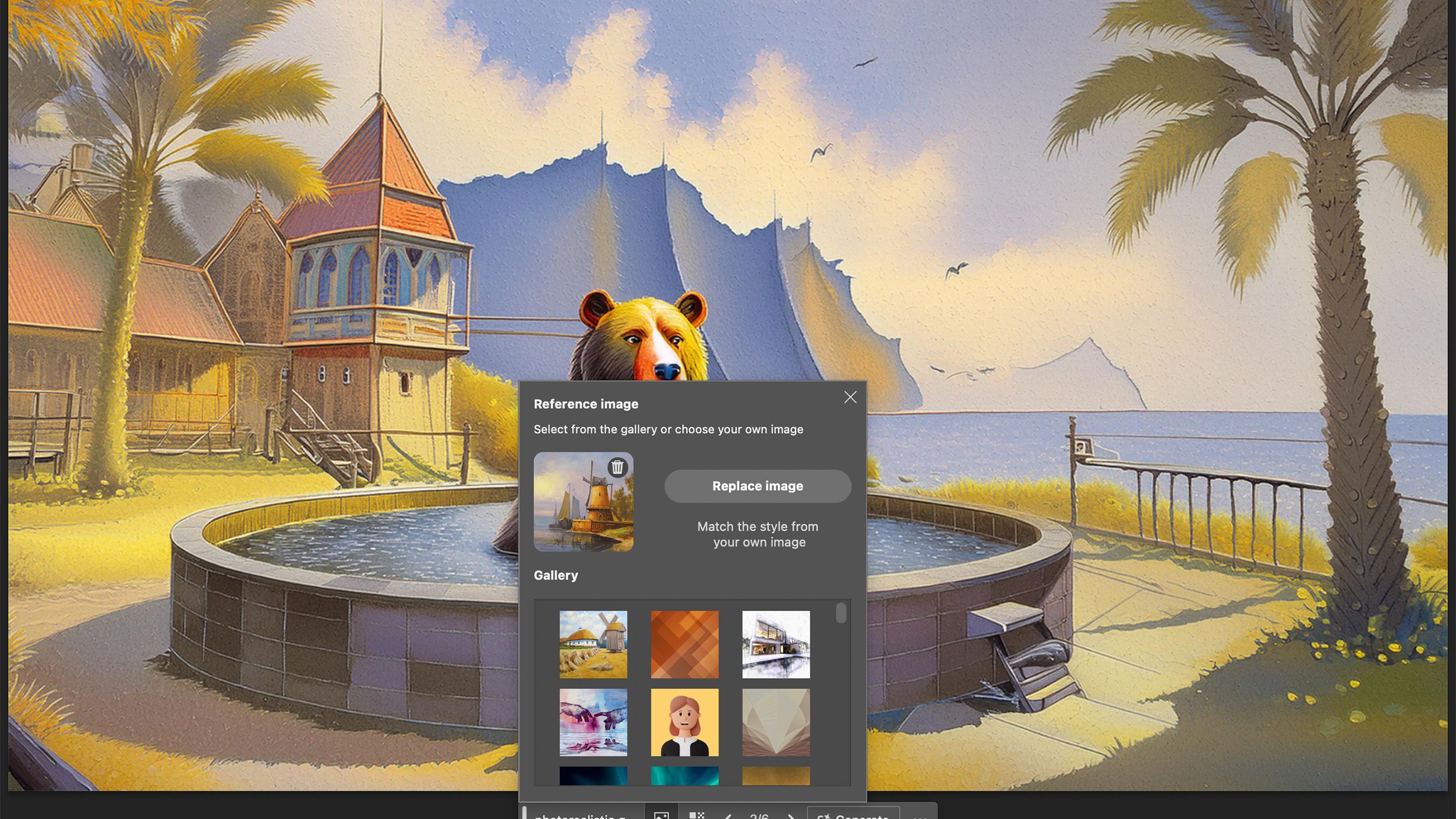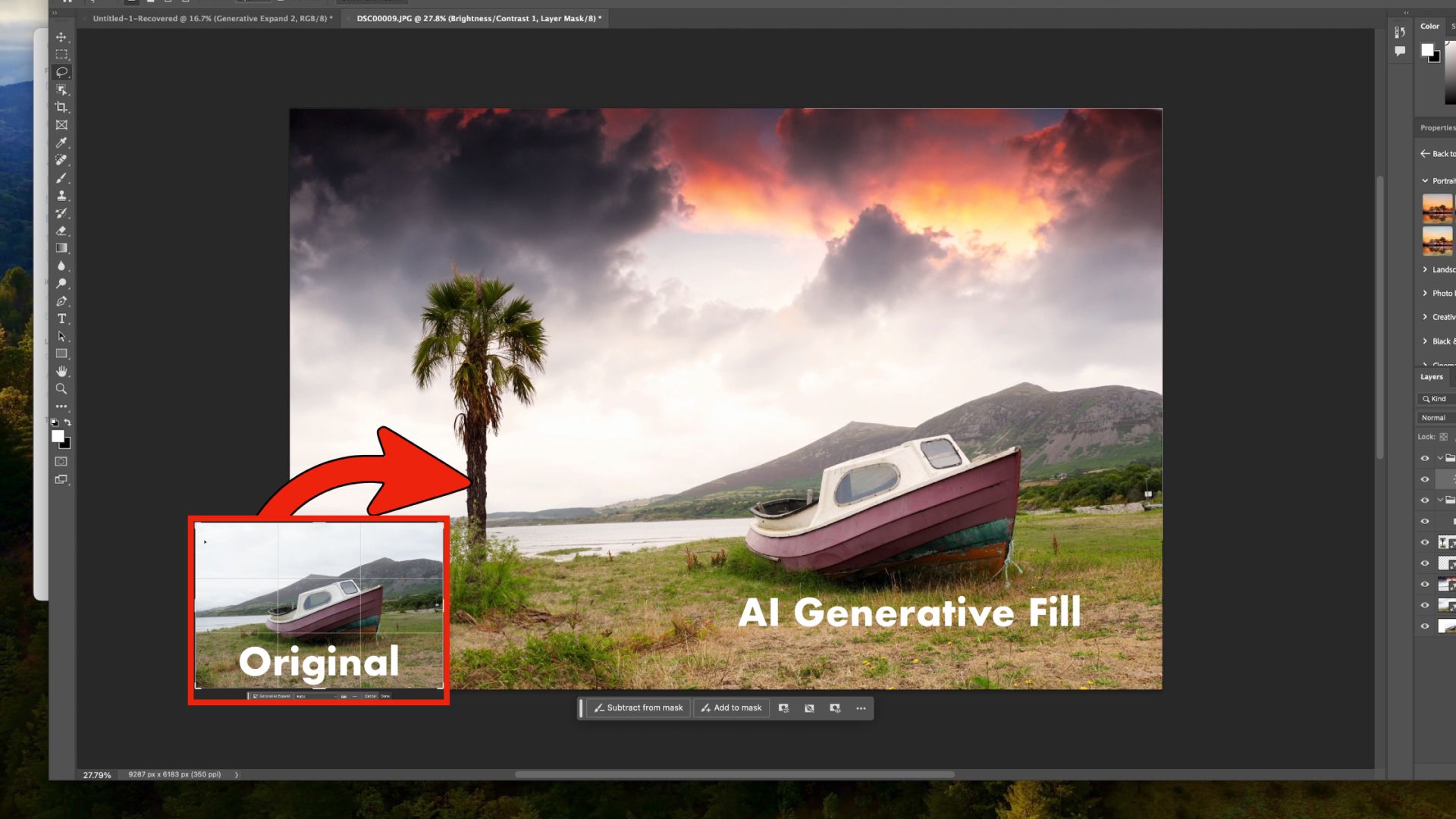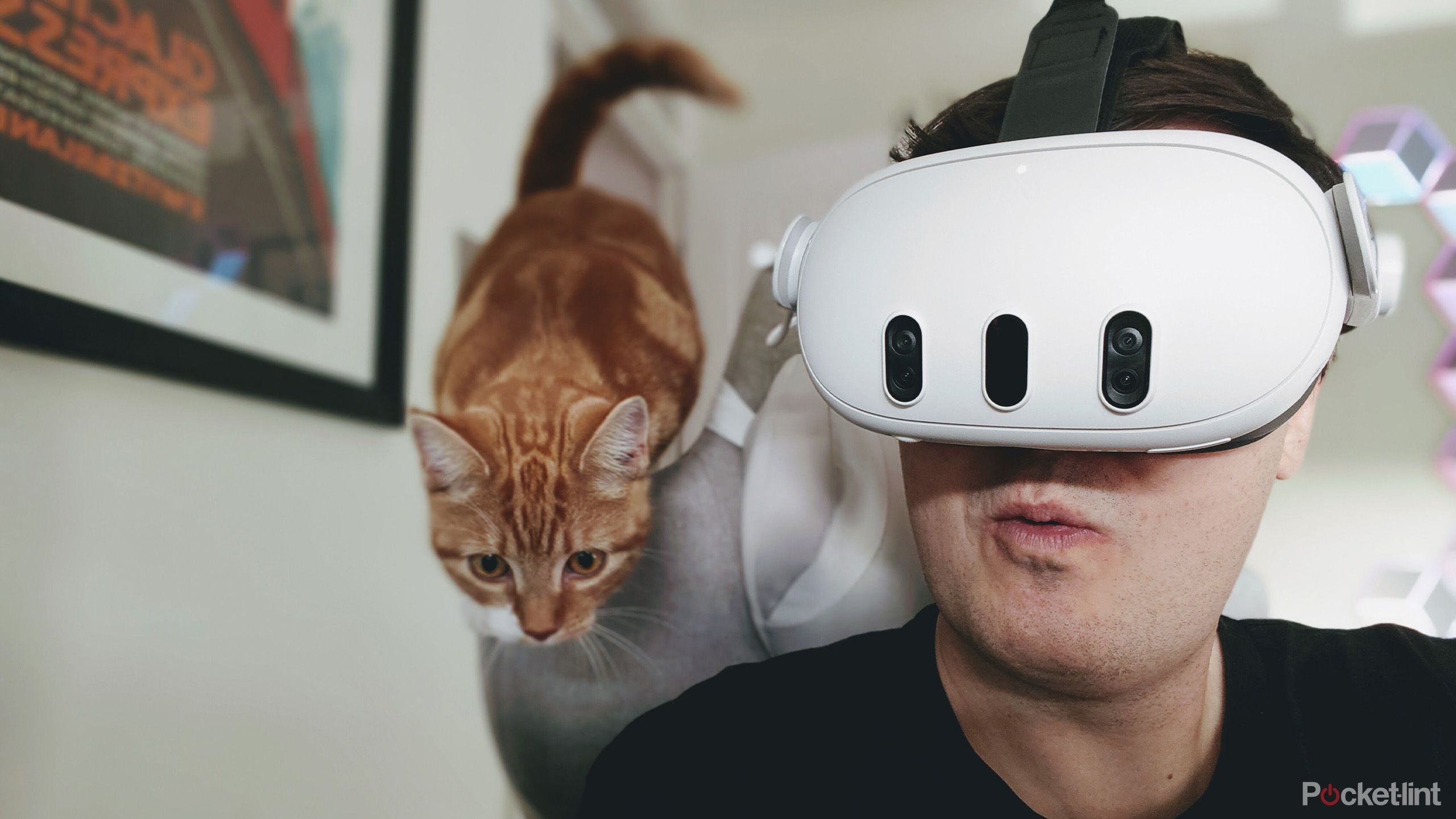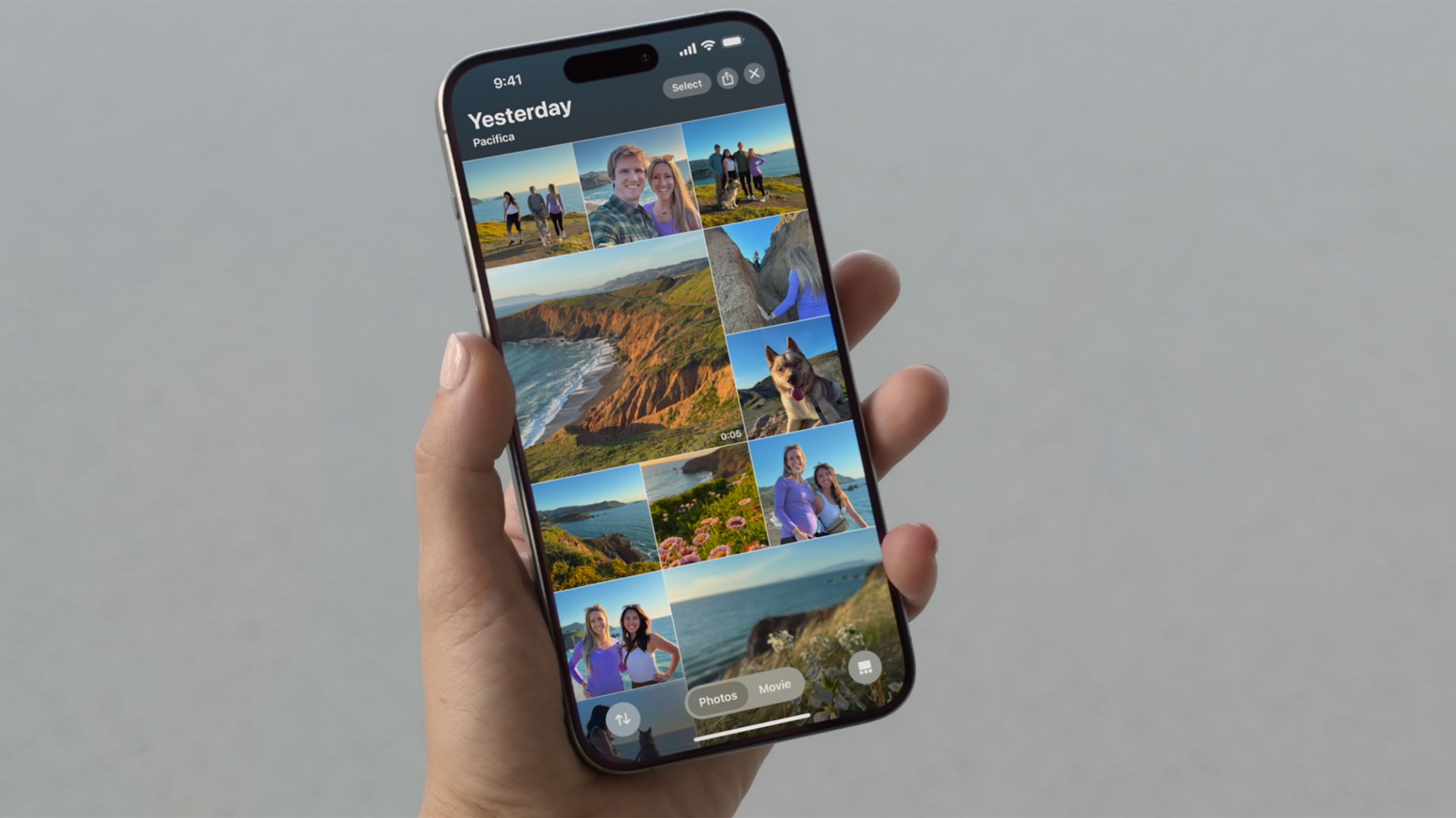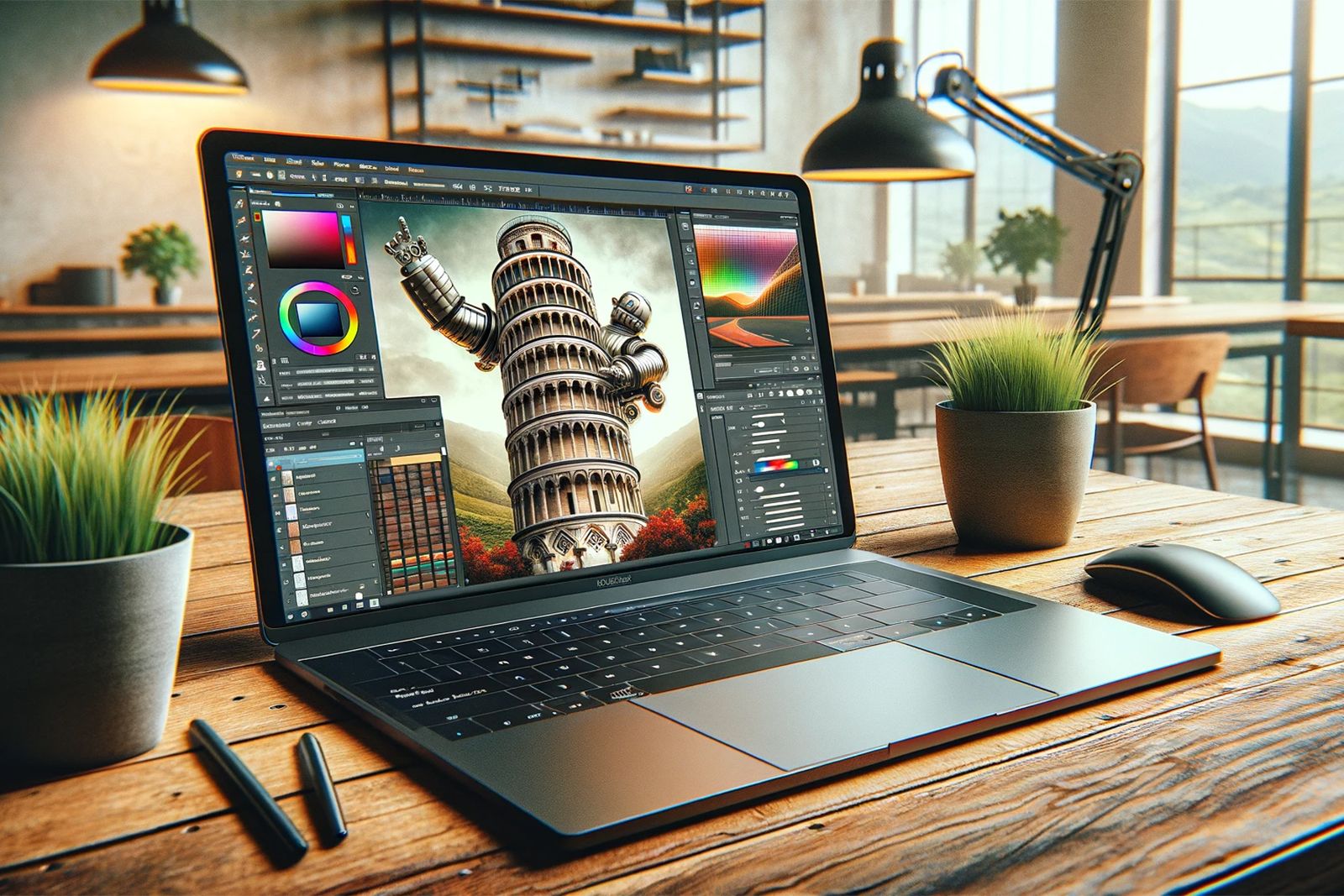Key Takeaways
- AI and computational photography enable professional-quality photos accessible to all
- Advanced technologies enhance HDR, low-light shots, and offer AI-driven scene recognition
- Photography apps like Google Photos, Lightroom, and Snapseed leverage AI for impressive editing capabilities
Photography has undergone numerous transformations since its inception, from the advent of color film in 1907 to the rise of digital cameras in the early aughts. However, one of the most profound changes in recent times has been the integration of artificial intelligence (AI) and computational photography. These technologies are not just improving the quality of images but are fundamentally altering the way we capture, edit, and even perceive photographs.
Computational photography refers to the use of advanced algorithms and processing techniques to enhance or extend the capabilities of digital cameras. Unlike traditional photography, which relies on the physical properties of lenses and sensors, computational photography leverages software to create and manipulate images. This approach opens up a world of possibilities, allowing photographers to achieve effects that would be impossible or extremely difficult (and quite expensive) with conventional methods.
11 photography tips and tricks for better smartphone photos
The smartphone is now the go-to camera – but how can you take the best smartphone photos?
5 AI-powered image enhancement
Reduce noise, sharpen details and adjust exposure
Adobe / Pocket-lint
One of the most immediate benefits of AI in photography is its ability to enhance image quality. These algorithms can now reduce noise, sharpen details, and adjust exposure with a precision that surpasses manual editing in both quality and speed. For instance, AI-driven noise reduction can dramatically clean up images taken in low-light conditions, preserving details and colors that would otherwise be lost.
Moreover, AI can intelligently balance the exposure across different parts of an image, creating High Dynamic Range (HDR) photos that capture both the darkest shadows and the brightest highlights in stunning detail. This capability allows for more vibrant and realistic photos, especially in difficult lighting conditions, always a major challenge for most amateur photographers.
One of the most immediate benefits of AI in photography is its ability to enhance image quality. These algorithms can now reduce noise, sharpen details, and adjust exposure with a precision that surpasses manual editing in both quality and speed.
The impact of computational photography is perhaps most evident when it comes to smartphone cameras. Today’s smartphones use multiple lenses and sensors, combined with sophisticated algorithms, to produce high-quality images that rival those taken with professional cameras. Features such as portrait mode, which blurs the background to mimic the shallow depth of field effect of a DSLR and night mode, which brightens up low-light scenes, are all powered by computational techniques.
Google’s Pixel phones, for example, have gotten high marks for their photographic prowess, thanks largely to the company’s advancements in computational photography. Pixel phones use AI to combine multiple exposures into a single, well-balanced image and to enhance details and colors in real-time. Imaging highlights include HDR+, Night Sight for low-light shots, AI-powered portrait mode and exceptional image processing.
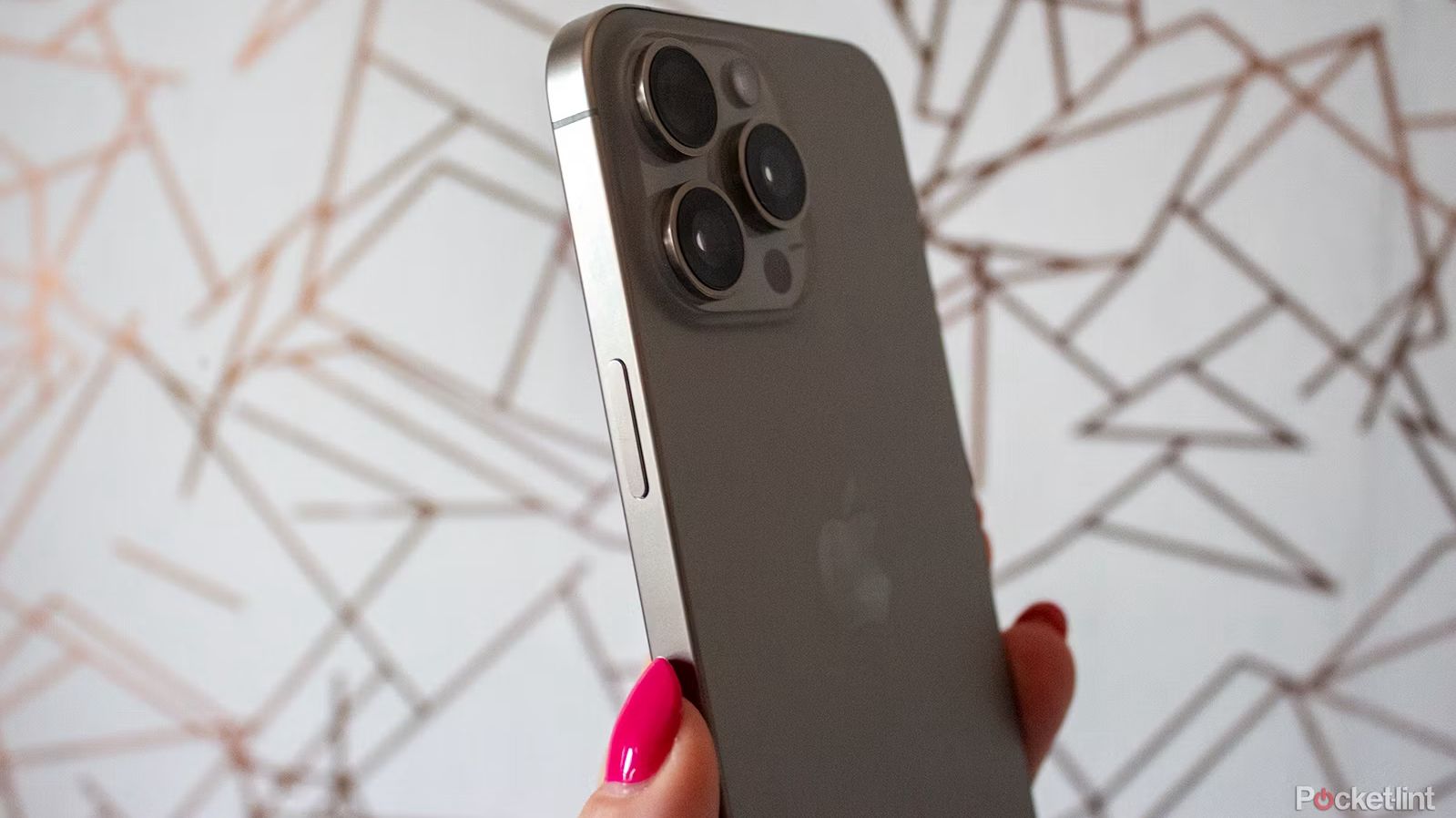
The best phones to buy: iPhone, Pixel, OnePlus and Samsung
We’ve tested a long list of phones and rounded up our top picks so far in 2024.
4 Creative editing and manipulation
Photoshop has added AI enhancements
Cam Bunton/Pocket-lint
Beyond capturing images, AI and computational photography are transforming the editing process as well. Tools like the iconic Adobe Photoshop now incorporate AI to automate complex photo editing tasks. For instance, the “Content-Aware Fill” feature allows users to remove objects from images seamlessly, creating a natural-looking result without manual cloning or patching. And when it comes to editing old black-and-white photos, AI-driven colorization can instantly turn them into vibrant, colorized versions.
AI is also enabling new forms of creative expression through techniques like style transfer, where the style of one image (such as a famous painting) can be applied to another. This opens up new artistic possibilities, allowing photographers to create unique and compelling images that blend different visual styles.
3 Augmented and virtual reality
The forefront extends beyond phones
Pocket-lint
AI and computational photography are also at the forefront of augmented and virtual reality. AR applications, such as those found in social media filters, use computational techniques to overlay digital effects on real-world images in real-time. This technology has become increasingly sophisticated, enabling highly realistic and interactive experiences.
AR applications, such as those found in social media filters, use computational techniques to overlay digital effects on real-world images in real-time.
In VR, computational photography is used to create immersive 3D environments from 2D photos. Techniques such as photogrammetry allow for the creation of detailed 3D models by stitching together multiple images, providing a lifelike representation of real-world spaces. This is used in various fields, from gaming and entertainment to virtual tours and architectural visualization.
2 Automated tagging and analysis
Find specific photos instantly
Apple
AI is also revolutionizing how we organize and search our photo libraries. Image recognition algorithms can automatically tag and categorize photos based on their content, making it easier to sort through thousands of images. Facial recognition technology can identify individuals in photos, also allowing for more efficient organization and retrieval. Say you’re looking for photos of grandma, using a facial recognition algorithm you can instantly sort through an entire photo collection and call up only the images she appears in.
Furthermore, AI can analyze the composition and quality of images, providing suggestions for improvement. This kind of automated feedback is helping amateur photographers refine their skills and produce better, more personalized images.
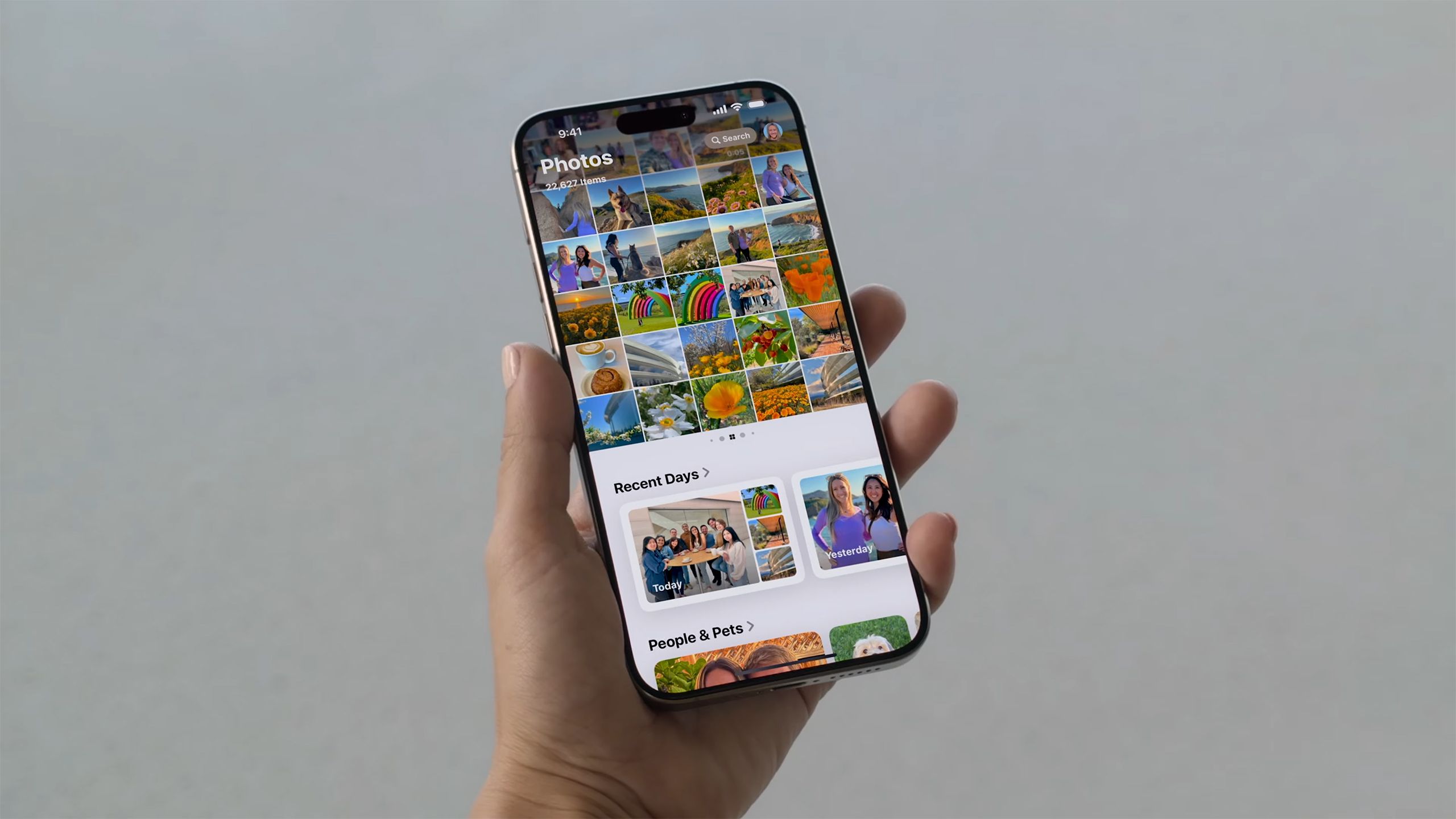
Apple Photos is becoming more like Google Photos, and that’s a good thing
In iOS 18, Apple is making it easier to rediscover photos you care about.
1 Ethical considerations and the future
There are AI issues that need to be discussed
Pocket-lint
While the advancements in AI and computational photography are exciting, they also raise a few ethical questions. The ease with which images can be manipulated and altered has implications for authenticity and trust. Deepfakes, which use AI to create highly realistic fake images and videos, are a prime example of how these technologies can be misused.
As we look to the future, it’s clear that AI and computational photography will continue to evolve, pushing the boundaries of what’s possible in photography.
As we look to the future, it’s clear that AI and computational photography will continue to evolve, pushing the boundaries of what’s possible in photography. These technologies are democratizing the field, making high-quality tools accessible to amateur photographers, while also providing professionals with unprecedented creative capabilities. As we navigate this new landscape, it’s crucial to balance innovation with ethical considerations, ensuring that the power of AI and computational photography is used responsibly and for the benefit of all.
AI and computational photography are not just enhancing photography; they are redefining it. By merging the art of photography with the science of computation, we are entering a new era where the possibilities are limited only by imagination.
Trending Products

Cooler Master MasterBox Q300L Micro-ATX Tower with Magnetic Design Dust Filter, Transparent Acrylic Side Panel…

ASUS TUF Gaming GT301 ZAKU II Edition ATX mid-Tower Compact case with Tempered Glass Side Panel, Honeycomb Front Panel…

ASUS TUF Gaming GT501 Mid-Tower Computer Case for up to EATX Motherboards with USB 3.0 Front Panel Cases GT501/GRY/WITH…

be quiet! Pure Base 500DX Black, Mid Tower ATX case, ARGB, 3 pre-installed Pure Wings 2, BGW37, tempered glass window

ASUS ROG Strix Helios GX601 White Edition RGB Mid-Tower Computer Case for ATX/EATX Motherboards with tempered glass…


